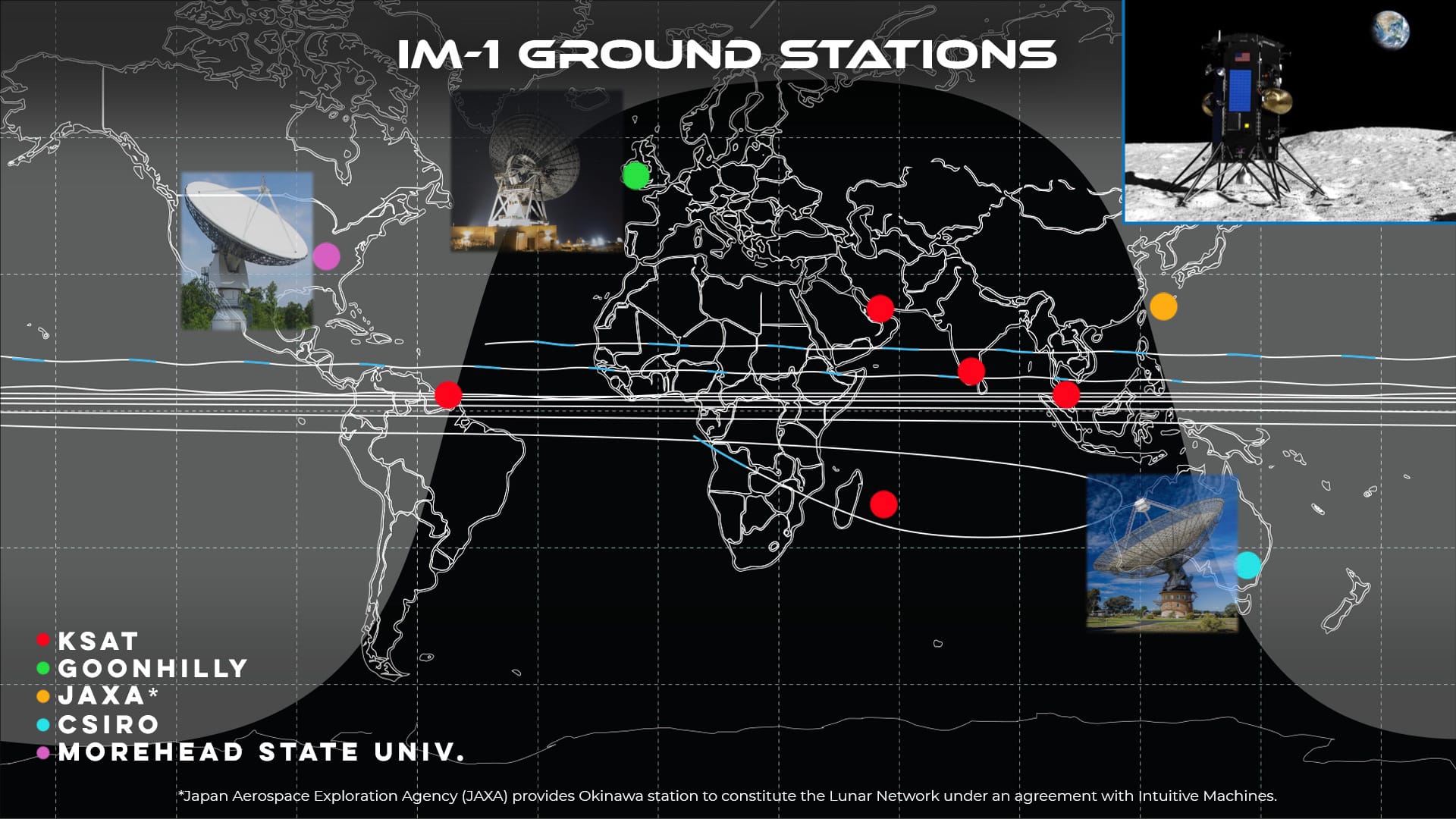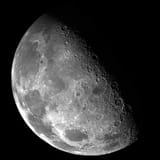ISRO provided ground tracking support for Intuitive Machines’ NASA CLPS Moon landing
Last week I wrote how the annual report of NSIL, an Indian government arm tasked with commercializing ISRO’s space technologies, notes that ISRO provided commercial ground tracking support for a lunar mission by another country in 2023. For some reason, the NSIL report doesn’t specify the mission name. NSIL has not yet responded to queries regarding the same. As such, we are left to guess.
Since the mentioned timeframe is 2023, my guess was the ground tracking support must have been for either Russia’s Luna 25 spacecraft or JAXA’s SLIM. Although SLIM landed in January 2024, it launched in September 2023. India’s geography with respect to Japan and Europe would’ve made it a suitable gap-filler for continued communications. I excluded ispace Japan’s first Moon mission as being the NSIL-ISRO customer on the assumed basis that ISRO doesn’t have publicly known cooperation arrangements with ispace like they do with JAXA and Roscosmos.
Now, multiple ISRO sources, and a public talk by a program lead at ISRO’s spacecraft communications arm ISTRAC, independently suggest that it was only Intuitive Machines who commercially used ISRO’s ground tracking support for IM-1, the company’s first NASA CLPS Moon mission. This use would be as part of Intuitive’s global network of commercially availed ground stations for its Moon missions, where ISRO’s presence was previously known.

But there’s a catch. IM-1 happened in 2024, not 2023. NSIL’s annual report may be for FY 2023-24 but it also clearly states the following:
NSIL has provided one Deep Space Mission Support for a Lunar Mission of an International Customer during 2023.
The most likely thing here could be that the report made a writing mistake by not specifying the year as being fiscal. It makes one wonder how many other things across ISRO and ISRO-affiliated reports may have been inaccurate like this case?
Anyway, ISRO will provide commercial ground tracking support for Intuitive Machines’ second CLPS Moon landing mission as well. The IM-2 lander is set to launch late February on a SpaceX Falcon 9 rocket. And I will cover its updates as usual on my Moon Monday blog+newsletter.
Tangent: Here’s a paper on how orbit determination went for the IM-1 mission. Ignoring that the paper’s very first line says “Intuitive Machines (IM) recently met its goal of softly landing a robotic spacecraft near the south pole of the Moon”, because it was not a soft landing by any measure, the paper notes many interesting challenges. Here’s an example:
A common issue throughout the mission was a lack of real-time information on which station was being used as the transmitter and at what frequency the station was transmitting. The issue with determining the transmitting station mainly came from the fact that all tracking data produced was labeled as 2-way. In general, one station would be in 2-way as the transmitter and one or more other stations would be listening in 3-way configuration. Early in the mission, it was noted that it appeared that several of the LTN stations were not transmitting at the assumed requested frequency. No direct telemetry was available in the ground system to determine what the true transmit frequency was. In some cases, the transmit frequency for a specific station could change from pass to pass. This required significant effort to identify what the transmitting station was and at what frequency it was transmitting.
